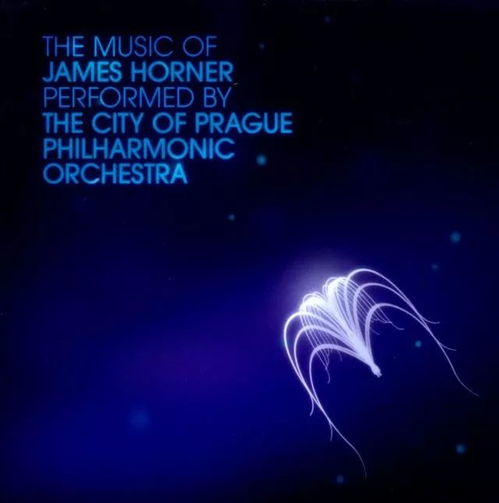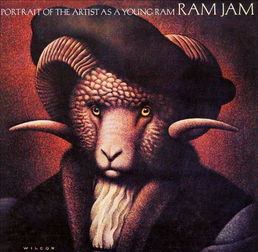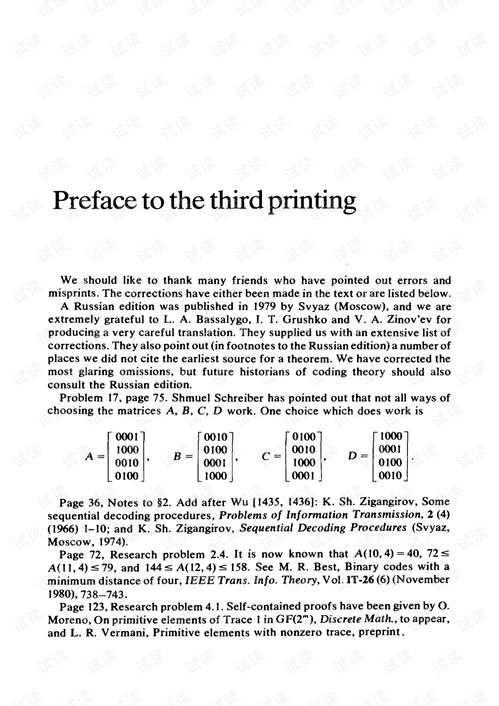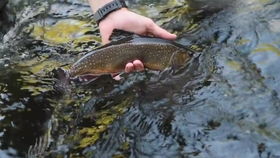
Content:
Fishing for pond fish can be a delightful and rewarding experience, whether you're an experienced angler or a beginner looking to explore the serene waters of a local pond. Pond fishing offers a unique set of challenges and opportunities, and mastering the art of catching these delightful creatures requires a blend of knowledge, patience, and skill. In this article, we'll delve into the various techniques and methods that can help you become a proficient pond fisherman.
Understanding Pond Fish Behavior
Before diving into the specifics of fishing techniques, it's crucial to understand the behavior of the fish you're targeting. Pond fish, such as carp, goldfish, and bass, are generally bottom feeders or surface feeders, depending on the species. Knowing where and when these fish are most active can significantly increase your chances of a successful catch.
Choosing the Right Equipment
The right equipment can make all the difference in pond fishing. Here are some essential items to consider:
Rod and Reel: A medium-heavy action rod with a good backbone is ideal for pond fishing. The reel should be capable of handling the line you'll be using and have a smooth drag system.
Line: Use a monofilament line with a thickness that matches the size of the fish you're targeting. For smaller fish, 4-6 lb test is sufficient, while larger fish may require 10-14 lb test.
Hooks: Choose hooks that are appropriate for the size of the bait you'll be using. For smaller fish, a size 6 or 8 hook is suitable, while larger fish may require size 2 or 4 hooks.
Bait: The type of bait you use will depend on the species of fish in the pond. Common baits include worms, maggots, bread, and corn. It's always a good idea to ask local anglers or pond owners for advice on the best bait to use.
Techniques for Pond Fishing
Still Fishing: This is the most common method for pond fishing. Cast your line out and wait for a bite. This technique requires patience, but it's often effective for catching a variety of pond fish.
Trolling: Trolling involves slowly moving your boat or along the shore with your line in the water. This method can be particularly effective for catching larger fish like bass or carp.
Feeding Spots: Identify feeding spots in the pond, such as areas with a lot of vegetation or near the pond's edge. Cast your line into these spots and wait for a bite.
Surface Fishing: For species like goldfish, surface fishing can be very effective. Use a small hook and a piece of bread or a tiny worm as bait, and let it float on the surface.
Night Fishing: Some pond fish are more active at night. Night fishing can be a great way to catch these fish. Use a headlamp to see your surroundings and a rod with a sensitive tip to detect subtle bites.
Tips for Success
- Timing: Fish are most active during dawn and dusk, so these are the best times to fish. However, some species may be active at different times, so it's worth experimenting.
- Patience: Pond fishing often requires patience, especially if you're targeting larger fish. Be prepared to wait for hours without a bite.
- Consistency: Use consistent techniques and observe the behavior of the fish. If you're not getting bites, try changing your bait, lure, or fishing method.
- Safety: Always prioritize safety, especially if you're fishing from a boat. Wear a life jacket and be aware of your surroundings.
Conclusion
Fishing for pond fish can be a fulfilling and enjoyable pastime. By understanding the behavior of the fish, choosing the right equipment, and employing effective techniques, you can increase your chances of success. Remember to always practice responsible fishing and respect the environment and the fish you're catching. With time and practice, you'll become a seasoned pond fisherman, reeling in fish after fish with the skills and knowledge you've acquired. Happy fishing!












